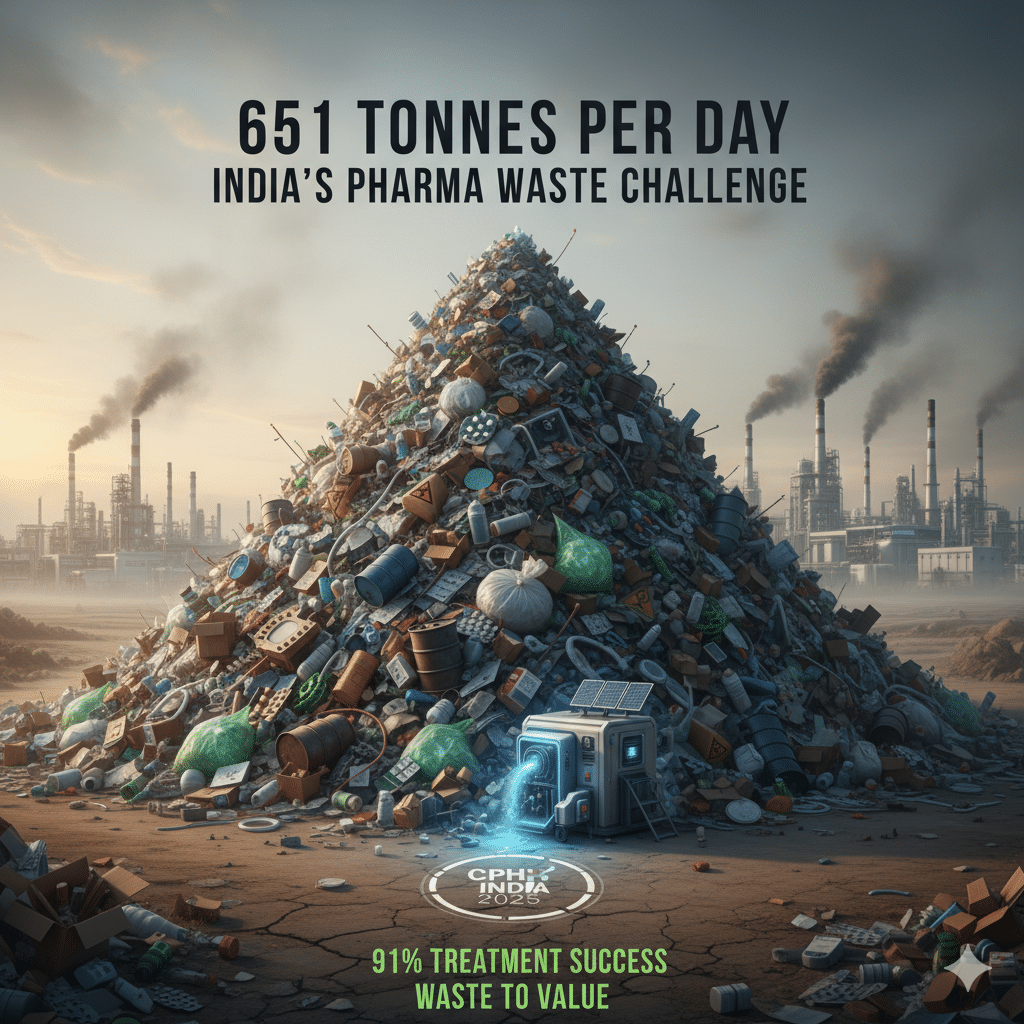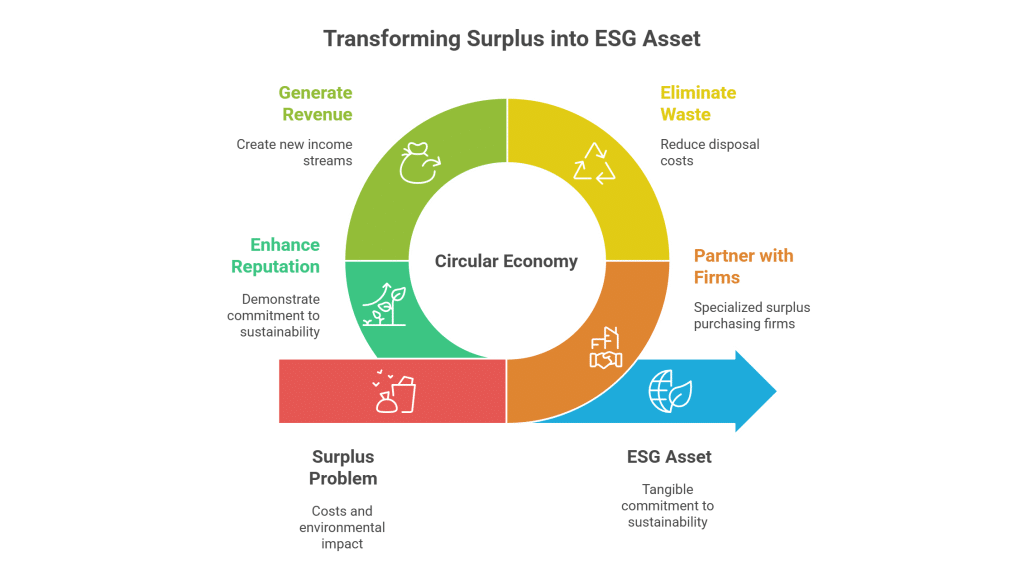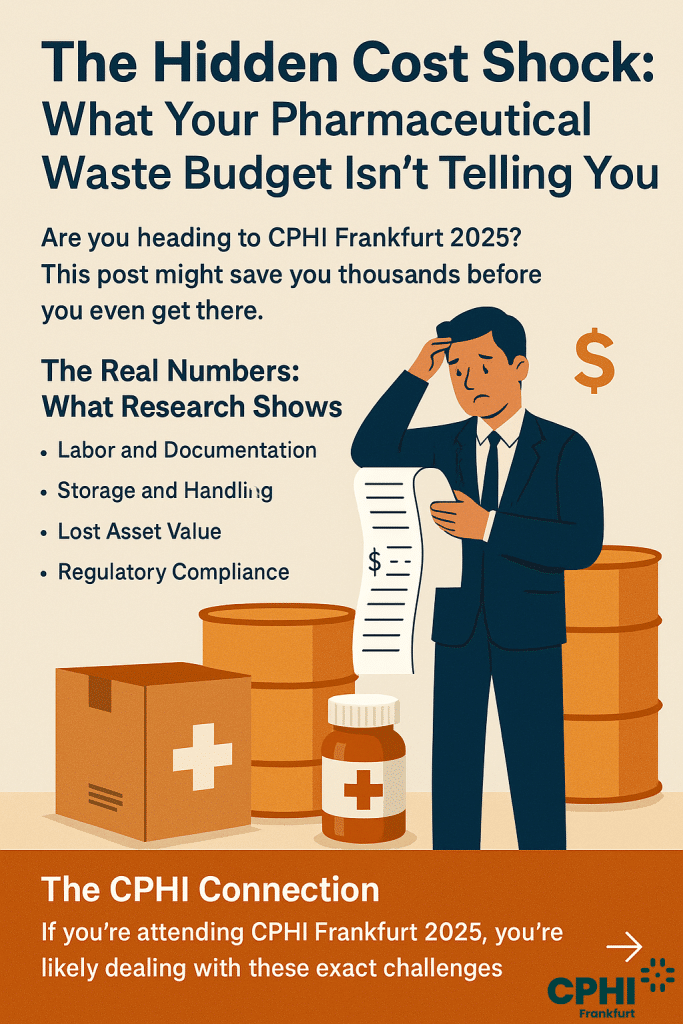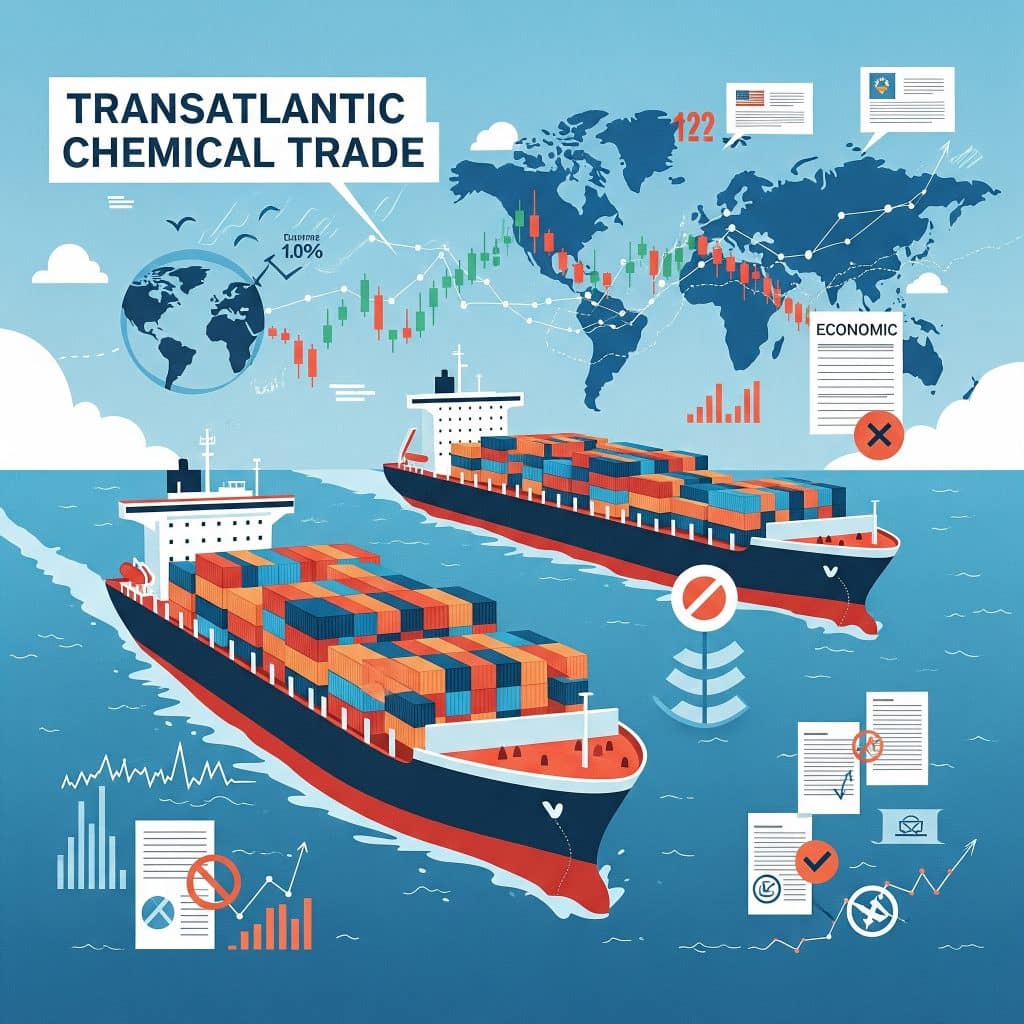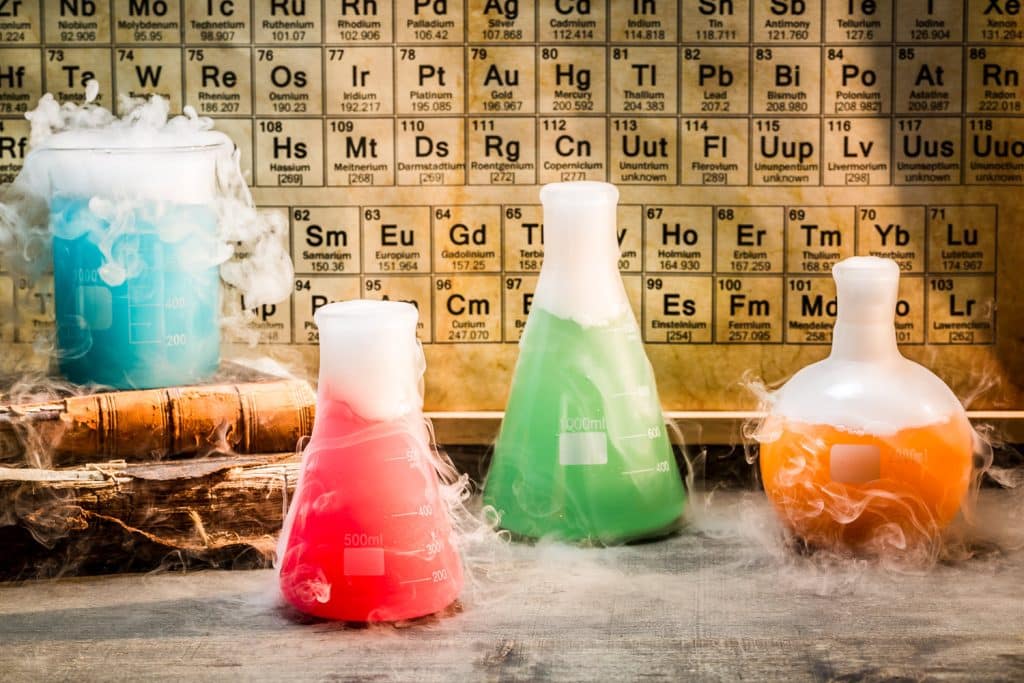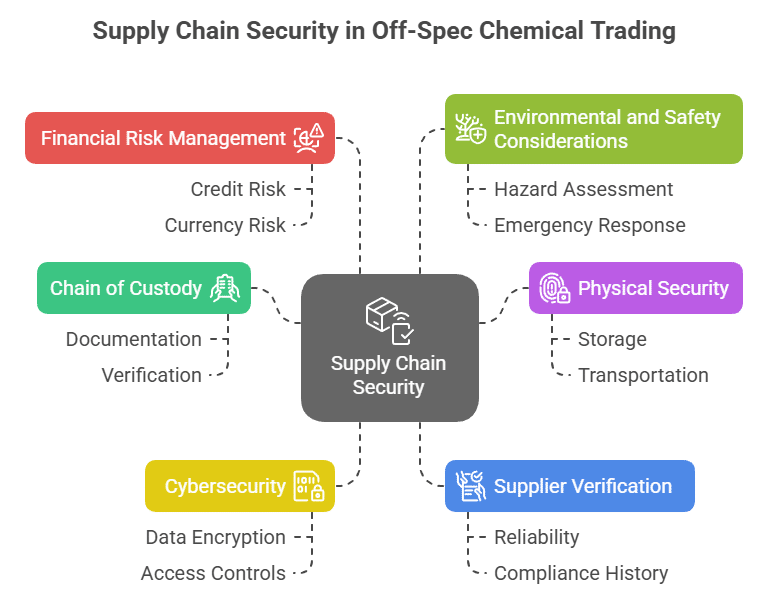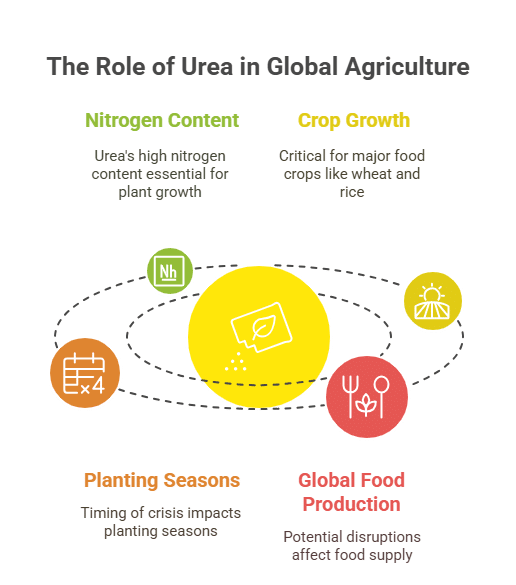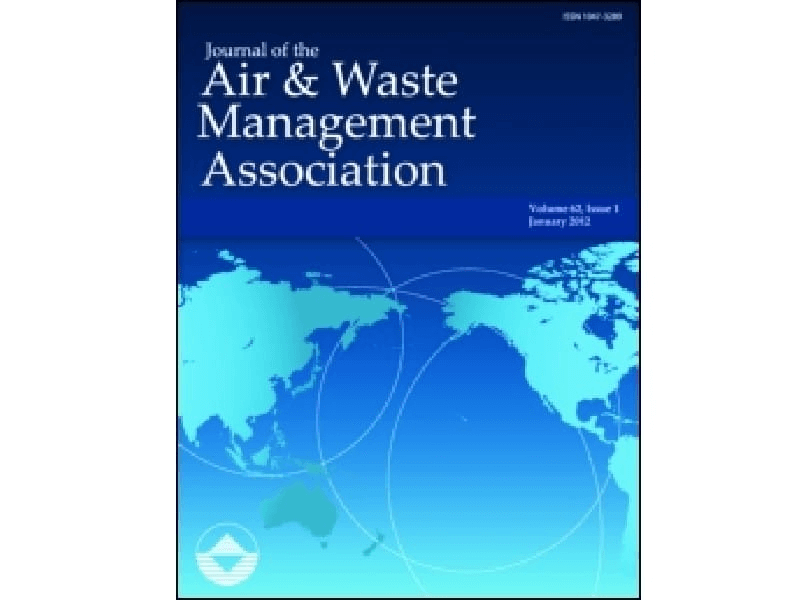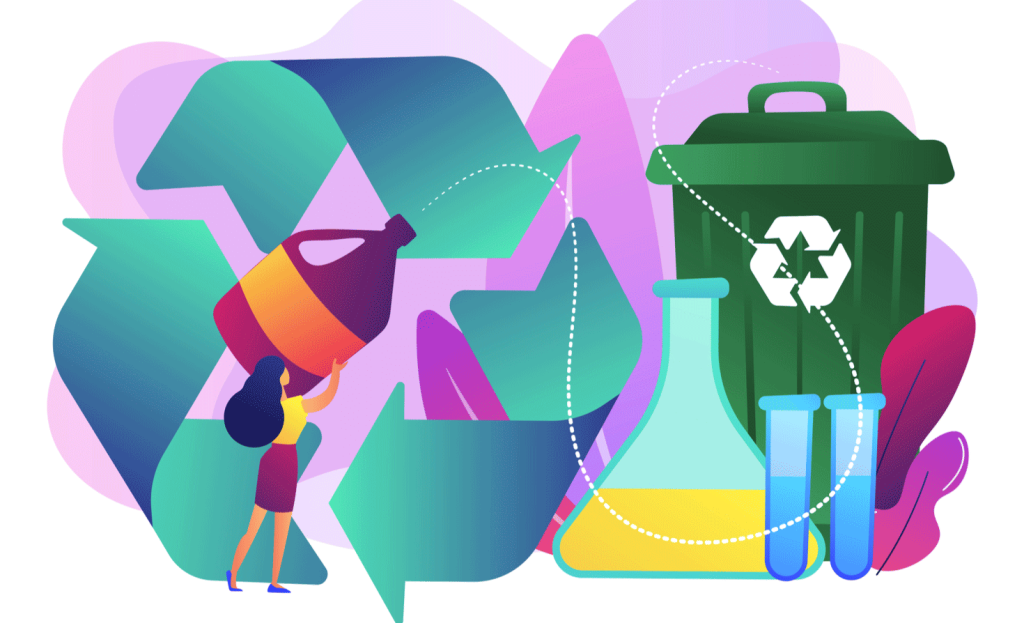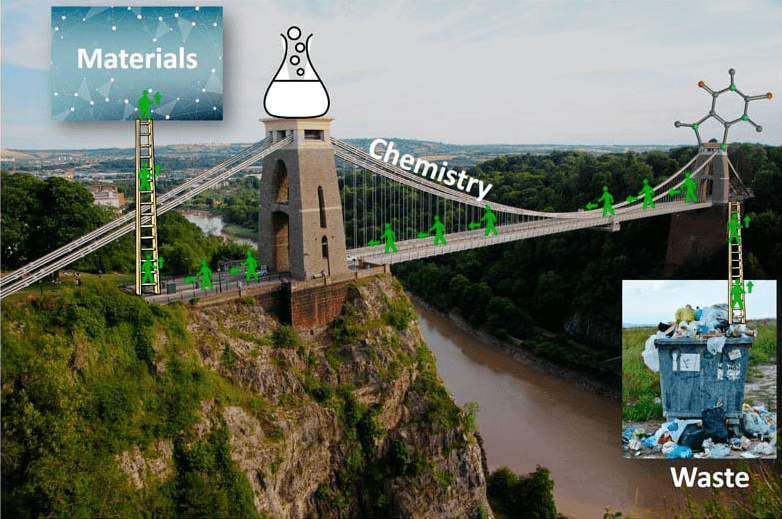Efficient Solutions for Managing Surplus Styrene Monomer Inventory in Polystyrene and Synthetic Rubber
Buy and Sell Surplus Styrene Monomer in the Polystyrene / Synthetic Rubber Industry
Styrene Monomer in the Polystyrene / Synthetic Rubber Sector
Table of Contents
Transforming Surplus into Sustainable Profit: A Styrene Monomer Success Story
A leading chemical manufacturer faced the challenge of managing a large surplus of Styrene Monomer due to an unexpected downturn in production demand. Instead of incurring high storage and disposal costs, the company decided to list its inventory on a surplus chemical trading platform. Within weeks, they secured multiple buyers from both the Polystyrene and Synthetic Rubber sectors. The buyers were particularly pleased with the high purity and cost savings, while the seller managed to recover significant running costs and even generate a profit. This transaction not only optimized their inventory management but also demonstrated a sustainable and environmentally responsible approach by repurposing excess chemicals into valuable resources. This success story highlights how innovative trading practices can create a win-win situation for all stakeholders involved.



